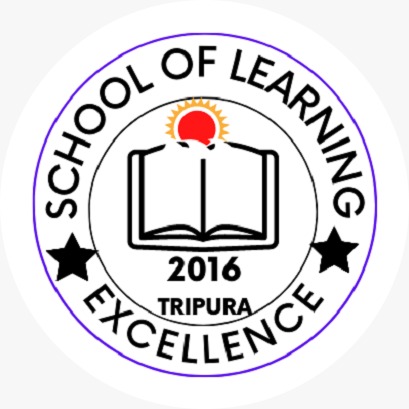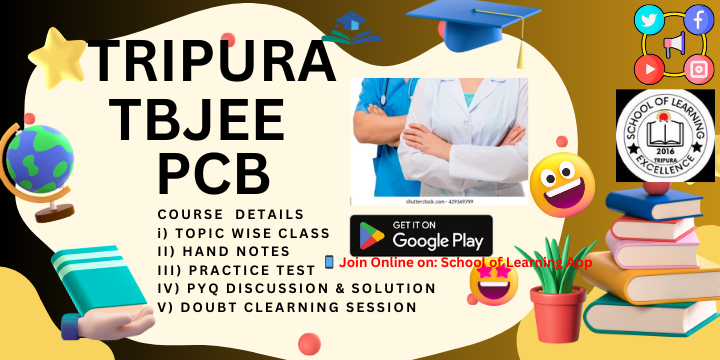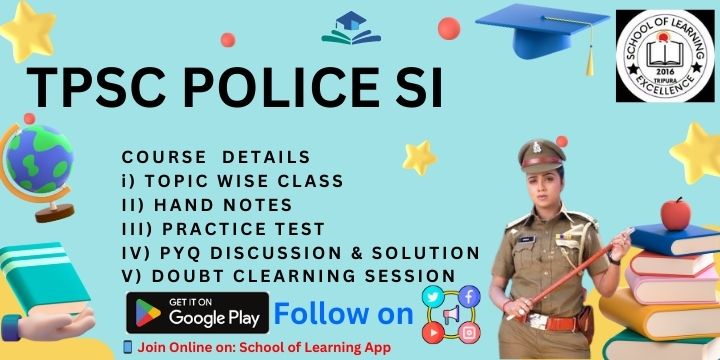ALGEBRA
-
Sets: Introduce the concepts of sets (empty, finite, infinite), equality and subsets; define the power set and universal set; illustrate operations (union, intersection, difference, complement) with Venn diagrams; explore properties of complements and prove De Morgan’s laws through examples.
-
Relations & Functions: Define ordered pairs and Cartesian products; classify relations and determine their domain, codomain and range; count onto and into relations; characterize equivalence relations. Treat functions as special relations: depict them graphically; distinguish constant, identity, polynomial, rational, modulus, monotone, bounded, signum and greatest-integer functions (with graphs); define inverse and composite functions; perform algebraic operations on functions; introduce mappings and their types, and study their compositions and properties.
-
Binary Operations & Group Theory: Explain binary operations and their axioms; introduce the modulo system; motivate group theory via semigroups and monoids; give definitions and examples of groups and Abelian groups and explore their basic properties.
-
Complex Numbers & Theory of Equations: Motivate complex numbers, review their algebraic properties; represent them in the Argand plane and in polar form; compute modulus, argument, roots (including cube roots of unity) and use De Moivre’s theorem to solve higher-degree equations; define exponential, trigonometric and logarithmic forms; state the Fundamental Theorem of Algebra; solve quadratics over ℂ; apply Descartes’ rule of signs; relate roots and coefficients; and perform transformations of equations.
-
Inequalities: Solve linear inequalities in one and two variables (graphically and algebraically); handle systems of linear inequalities; tackle inequalities involving absolute values; and solve problems using the arithmetic–geometric–harmonic mean inequalities.
-
Permutations & Combinations: State the fundamental counting principle; define factorials; derive and connect permutation and combination formulae; and apply them (including cyclic permutations).
-
Binomial Theorem: State and prove the binomial theorem; find general, middle, greatest terms and coefficients; and use relationships among binomial coefficients in applications.
-
Sequences & Series: Define sequences and series; study arithmetic, geometric and harmonic progressions and their means; derive the nth term and sum formulas; explore arithmetic–geometric series; examine infinite geometric series and tests for convergence (comparison, root, ratio, Raabe); and compute sums of special series (∑n, ∑n², ∑n³).
-
Matrices & Determinants: Introduce matrices (types, notation, equality); perform addition, scalar and matrix multiplication; explore transpose, symmetric, skew-symmetric and orthogonal matrices; use elementary row/column operations; define determinants, minors, cofactors and their properties; apply determinants to compute areas; find adjoint and inverse matrices; discuss rank and solve linear systems via matrix inversion and Cramer’s rule; derive characteristic equations; and apply the Cayley–Hamilton theorem to compute eigenvalues and eigenvectors.
-
-
TRIGONOMETRY
-
Measure angles in degrees and radians; define the six trig functions via the unit circle; sketch their graphs and record their signs.
-
Transform sum and difference of angles into products (and vice versa); derive multiple-angle and submultiple-angle identities; solve general trigonometric equations.
-
Define inverse trigonometric functions, specify domains, ranges and principal values; sketch their graphs and state elementary properties.
-
Apply the sine and cosine laws to solve triangles.
-
-
COORDINATE GEOMETRY: TWO DIMENSIONS
-
Recall distance, section and area formulas.
-
Straight Lines: Change the origin; define slope and angle between lines; test for parallelism and perpendicularity; derive point-slope, slope-intercept, two-point, intercept and normal forms; study families of lines; and compute the distance from a point to a line.
-
Axis Transformations: Perform translations and rotations; discuss invariants.
-
Conic Sections (General Second-Degree): Reduce to canonical forms.
-
Pair of Lines: Determine when a general second-degree equation factors into two lines; find their point of intersection, angle between them and their angle bisectors.
-
Standard Conics: Write and analyze the equations and properties of circles, parabolas, ellipses and hyperbolas.
-
-
COORDINATE GEOMETRY: THREE DIMENSIONS
-
Extend coordinate axes and planes to 3D; compute distances and section ratios.
-
Define direction cosines/ratios; derive equations of lines (Cartesian form) and planes; distinguish skew and coplanar lines; compute shortest distances; and find angles between lines, planes and line–plane.
-
Study spheres: write their general equation; intersect spheres; and explore their properties.
-
-
DIFFERENTIAL CALCULUS
-
Introduce limits and derivatives (as rates of change); apply L’Hôpital’s rule; differentiate various elementary and composite functions up to second order; interpret geometrically.
-
Discuss continuity (pointwise, uniform, of composites), differentiability, and various discontinuities; prove and apply Rolle’s and Lagrange’s mean-value theorems.
-
Applications: Analyze increasing/decreasing behavior; find tangents, normals, approximations; locate local extrema; solve geometric and physical optimization problems.
-
-
INTEGRAL CALCULUS
-
View integration as the inverse of differentiation; integrate by substitution, parts and partial fractions.
-
Define definite integrals via Riemann sums; state the fundamental theorem of calculus; list their properties; and evaluate areas under curves (including y = sin x and y = cos x) and between curves.
-
Introduce improper integrals and the beta and gamma functions with their properties.
-
-
DIFFERENTIAL EQUATIONS
-
Define ordinary differential equations (order, degree); discuss general and particular solutions; form DEs from solutions.
-
Solve first-order equations: separable, homogeneous, exact (with integrating factors); tackle linear equations and Clairaut’s form (singular solutions).
-
Solve higher-order linear DEs with constant coefficients: find complementary functions and particular integrals.
-
-
VECTOR ALGEBRA & ANALYSIS
-
Differentiate between vectors and scalars; compute magnitude, direction cosines, components; discuss vector equality, linear combinations, collinearity, coplanarity; apply triangle and parallelogram laws.
-
Define dot, cross and scalar triple products; interpret geometrically; solve geometric, work and moment problems.
-
Derive vector equations of lines and planes; compute volumes of tetrahedra.
-
Perform vector differentiation: velocity, acceleration; define gradient, divergence and curl.
-
-
LINEAR PROGRAMMING
-
Formulate LP problems: define objective functions and constraints; model diet, manufacturing, transportation and investment scenarios.
-
Solve two-variable problems graphically: identify feasible/infeasible regions and optimal solutions.
-
Explain convex sets, extreme points and related theorems.
-
-
STATISTICS
-
Compute measures of central tendency (mean, median, mode) and dispersion (variance, standard deviation) for grouped/ungrouped data; compare distributions.
-
Introduce correlation and regression and their practical applications.
-
-
PROBABILITY
-
Define experiments, sample spaces and events; classify events (mutually exclusive, exhaustive); use classical and frequentist definitions; calculate probabilities of compound events.
-
State and apply the multiplication rule, conditional probability, total probability and Bayes’ theorem.
-
Define random variables and distributions; compute expectations and variances; study Bernoulli trials and the Binomial, Poisson and Normal distributions with their properties and applications.
-


 Online Store
Online Store.png)















.jpg)

.jpg)
.jpg)

.jpg)


.png)

.png)
.png)
.png)
.png)
.png)
.png)
.png)
.png)
.png)
.png)
.png)
.png)





